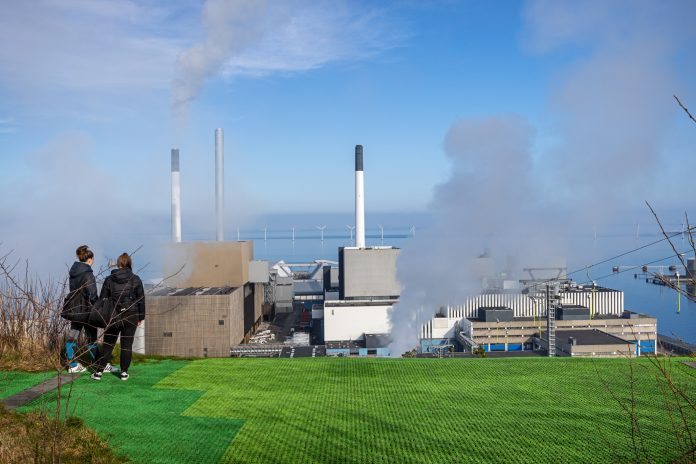The Danish Energy Agency has opened a public consultation on a new Carbon Capture and Storage (CCS) Fund worth DKK 28.3 billion, marking a significant milestone in Denmark’s efforts to meet its climate targets
The fund aims to drive large-scale carbon capture and geological storage over 16 years, which will help to reduce the country’s greenhouse gas emissions by 70% by 2030 compared to 1990 levels.
Funding structures and timeline
The CCS Fund will allocate DKK 1.77 billion annually from 2029 to 2044 to support projects that capture, transport, and permanently store fossil, biogenic, or atmospheric carbon dioxide (CO₂).
To qualify for funding, companies must have operational capture facilities by December 1, 2029, and begin full-scale storage in 2030. However, early movers can also receive subsidies.
The program is designed to secure the most significant possible emissions reductions at the lowest cost. Subsidies will be awarded through a competitive bidding process where participants submit a price per tonne of CO₂ stored and a guaranteed annual capture volume. Multiple contracts may be granted, allowing a broad range of market actors to participate.
Climate impact and global alignment
The CCS Fund is expected to reduce Denmark’s carbon emissions by 2.3 million tonnes annually starting from 2030. This reduction will play a key role in closing the country’s estimated 1.5 million tonne CO₂e gap, as identified in the Ministry of Climate, Energy, and Utilities’ 2024 Climate Status and Outlook.
Denmark’s CCS ambitions align with broader European and international goals. The European Commission recommends capturing and storing 50 million tonnes of CO₂ annually by 2040 to achieve a 90% reduction in emissions. Similarly, the IPCC suggests that 730 billion tonnes of CO₂ must be stored globally by 2100 to stay on track with the Paris Agreement.
Supporting the industry and innovation
The fund is not only about storage; it also supports the long-term use of captured CO₂, known as Carbon Capture and Utilisation (CCU). Since CCU and CCS share much of the same infrastructure, the CCS Fund will help lay the groundwork for future CO₂-based industries. Flexibility is built into the contracts, allowing companies to exit if better commercial opportunities arise in CO₂ utilisation.
The fund has strong political support. In September 2023, a broad coalition in the Danish Parliament agreed on a consolidated CCS approach, merging two earlier initiatives, the CCUS Fund and the GSR Fund, into a single streamlined competitive bidding process. The decision reflects feedback from industry stakeholders, who indicated they needed more time to prepare for full-scale implementation.
Next steps for ccs
The public consultation period runs until August 20, 2024. Following this, the Danish Energy Agency plans to publish the final tender material in October 2024. Contracts are expected to be awarded by April 2026 after a prequalification and negotiation phase. All materials will be available in English and published on both the Agency’s website and the EU’s TED platform.
This marks Denmark’s third major CCS funding round. The first, awarded to Ørsted, supports the capture and storage of 430,000 tonnes of CO₂ annually from 2026. The second, NECCS, concluded in May 2024 and will support three companies in capturing 160,350 tonnes of biogenic CO₂ each year through 2032.
Denmark continues to build its storage capacity, with six exploration permits currently active and several cross-border CO₂ transport agreements in place.











